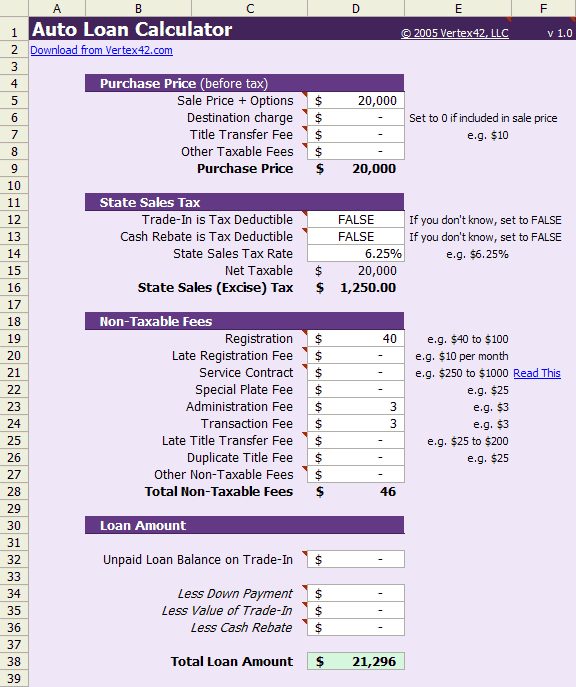

Are there any home equity loan tax benefits? It’s also a good idea to leave some equity in your home in case you need to sell it suddenly due to a job change or personal financial emergency.
NERDWALLET CAR LOAN CALC FULL
It’s important to note that lenders typically limit the amount you can borrow to 85% of your home’s value, according to the Federal Trade Commission, so you likely won’t be able to tap the full amount. Still, some lenders may accept a ratio as high as 50%. The percentage of your gross monthly income used to repay debt - your DTI ratio - should not exceed 43%.

Having a maximum 43% debt-to-income ratio.Some lenders may have higher minimum credit scores, but you’ll need a score of 740 or higher to get the best interest rates. In some cases, you may qualify for a home equity loan with a high LTV ratio. Your loan-to-value ratio should be 85% or lower, which means you have 15% equity or more in your home. You must meet several home equity loan requirements to apply and qualify for a loan, such as: When the draw period ends, the HELOC goes into repayment and you can’t tap any more equity from the credit line. HELOCs have a set draw period, during which you can use the credit line. You can use the credit line up to the established limit, but you pay only for what you use - plus interest. On the other hand, a home equity line of credit (HELOC), works much like a credit card. What’s the difference between a home equity loan and a home equity line of credit?Īs mentioned above, a home equity loan is paid out in a lump sum and repaid in fixed monthly installments over a set term. As an example, if you have a $300,000 home and owe $200,000 on your primary mortgage, you have $100,000 in equity. Home equity is simply the difference between your home’s market value and your outstanding mortgage balance.


 0 kommentar(er)
0 kommentar(er)
